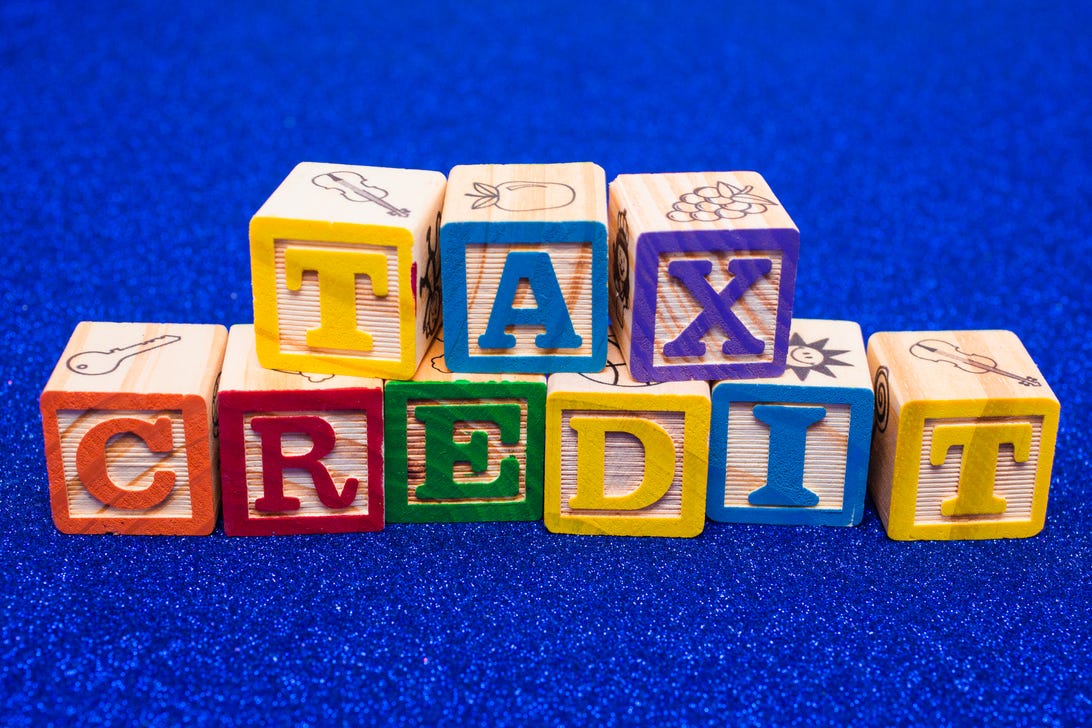

Tax extensions don’t cost anything, but if you owe money you’ll need to pay an estimated amount.
Sarah Tew/CNET
Income tax returns are due Monday. It’s your last day to complete your return and file your taxes on time to receive a prompt tax refund. Letting the deadline expire will slow down your refund and could lead to fines and penalties if you owe money.
If it isn’t possible to file your tax return by Monday, you’ll want to file a tax extension to give yourself another six months. Along with completing your tax return, online tax software can also help you file a tax extension.
While an extension provides extra time to file your return, most tax experts advise against it unless you’re missing necessary tax information or simply unable to file taxes because of illness, travel or other conditions. Read on to learn how to file a tax extension and to find out more about the money you could be delaying if you do. For more, here’s how to file your taxes for free and track your IRS tax refund after you file.
How to file a tax extension
If you’re planning to file a tax extension this year, you’ll need to submit Form 4868 (PDF) to the IRS either by paper or electronically using e-file before the April 18 deadline. Note that you’ll still have to pay all or part of your estimated income tax due using Direct Pay, the Electronic Federal Tax Payment System, or using a debit or credit card, and note that you’re filing for an extension.
Some taxpayers are automatically granted more time to file. This includes military personnel who are serving in a combat zone or persons in federally declared disaster areas.
Will an extension delay any taxes you owe to the IRS?
No. Extending your filing deadline doesn’t delay when you have to pay taxes that you may owe. According to the IRS, you need to estimate and pay at least 90% of your tax liability by the deadline to avoid late fees. Otherwise, you will have accrued interest on what you owe, which you’ll eventually have to pay — plus possible penalties — on top of your income taxes.
The late-payment penalty is usually 0.5% per month of the outstanding tax not paid by the filing deadline, maxing out at 25%. The IRS can also issue a late-filing penalty of 5% of the amount due for every month or partial month your tax return is late. If your return is filed more than 60 days after the due date, the minimum late-filing penalty is either $435 or 100% of the unpaid tax (whichever is less).
For individual taxpayers, penalties and interest will stop accruing only when your balance is paid in full. For more on penalties or to work out a payment plan with the IRS, check out its web page.
How are stimulus payments tied to 2021 tax returns?
If the IRS owes you money for the third stimulus check due to a new qualifying dependent you gained in 2021, you can file for that payment through a recovery rebate credit when you file your taxes. You could get up to $1,400 for your dependent — that includes a new baby born or adopted. Keep an eye out for Letter 6475 from the IRS as it will have all the details you need about last year’s stimulus check when you file.
As for the first two stimulus checks, if you didn’t receive either check or received less than you qualified for, you could still be eligible to claim the money through a recovery rebate credit. You’ll either need to file a 2020 tax return if you haven’t yet, or amend your 2020 tax return if it’s already been processed.
At the end of 2021, the IRS still had some 6 million unprocessed tax returns to go through and advises you not to file a second return if your 2020 tax return still hasn’t been processed yet.

Between the child tax credit and child care expenses, you could get a lot of money back this year.
Sarah Tew/CNET
How is child tax credit money related to 2021 tax returns?
Six child tax credit payments went out in 2021, and the rest of the money will come with your tax refund this year after you file your taxes. If you chose to opt out of those checks last year, you’ll get the full amount owed to you.
However, if you had a new baby or gained a dependent any time in 2021 that the IRS didn’t know about, you could get even more money back. Or if your income changed and you didn’t update those details in the IRS Update Portal, you may be eligible to receive more money.
By not filing your taxes by the deadline, you could be missing out on up to $3,600 per child — or up to $1,800 per child if you received all the child tax credit payments last year.
Are child care expenses included with tax refunds this year?
The child care tax credit has been expanded for 2021 tax returns. The amount of money you can get back for expenses you paid for child care or dependent care has increased significantly. That means you could potentially receive up to $8,000 for one child or up to $16,000 for two or more kids.
Here’s what counts as an expense: day care, babysitters, transportation to and from care providers, day camp, and before- and after-school programs. The amount of money you’re eligible to get reimbursed for will be sent with your tax refund.
File your 2018 taxes or lose out on that money entirely
The IRS on March 25 announced April 18 as the deadline to file taxes for 2018. Taxpayers who don’t file by this date will miss out on any money owed to them for that year and the money will automatically become the property of the US Treasury. The agency says you could lose out on not only your tax refund money, but also any earned income tax credit owed to you.
The IRS also reminds taxpayers that if they haven’t filed their 2019 or 2020 returns, their 2018 tax refund check could be held. In addition, that money can also be used to offset unpaid child support and past-due federal debts, or go towards any money owed to the IRS.
Will your tax refund be late if you file an extension?
Yes. The timeline for getting your income tax refund depends on when you file. And although you have until Oct. 15 to submit your return if you file an extension, it doesn’t mean you have to wait that long to file.
The IRS is still experiencing delays due to the pandemic and has a backlog of unprocessed returns, so in some situations, it could take much longer than the average 21 days to issue refunds. Some refunds, especially for more complicated returns or those that need corrections, could take months to arrive.
The IRS is asking taxpayers to file electronically this year and to carefully review their details before submitting to avoid any errors that could potentially delay their refund. The agency also asks that you sign up for direct deposit to get your money faster.
Ways to file your 2021 tax return
The IRS says that taxpayers can file and schedule their federal tax payments online, by phone or with the mobile IRS2Go app.
If you need to find a tax software service to use, and you make $72,000 or less, you can find an IRS-approved free filing service easily. You’ll need to gather the following information: income statements (W2s or 1099s); any adjustments to your income; your current filing status (single, married, filing jointly); and dependent information. If you make more than $72,000, you can use the Free File Fillable Form.
If you haven’t already made a tax payment, the IRS prefers that payments be made electronically, and offers a variety of ways to do so, including IRS Direct Pay, which is directly linked to a checking or savings account. Another option is by credit card using the mobile IRS2Go app, or through the Electronic Federal Tax Payment System.
How to review your IRS tax account online
An easy way to review all your tax-related details, including your address and payment plan details, is to access your IRS account online. According to the IRS, taxpayers can use the information from their account if they need to access their adjusted gross income, find their stimulus payment and child tax credit amounts, or review their estimated tax payments or credits. Accessing your tax transcript will give you all the records necessary if you have a tax problem or a missing payment.
If you have any additional questions you can go visit the IRS’ Interactive Tax Assistant to get help.
For more tax information, here’s an explainer on the difference between a tax refund and a tax return, and here’s why you might want to sign up for direct deposit when you file your taxes.
